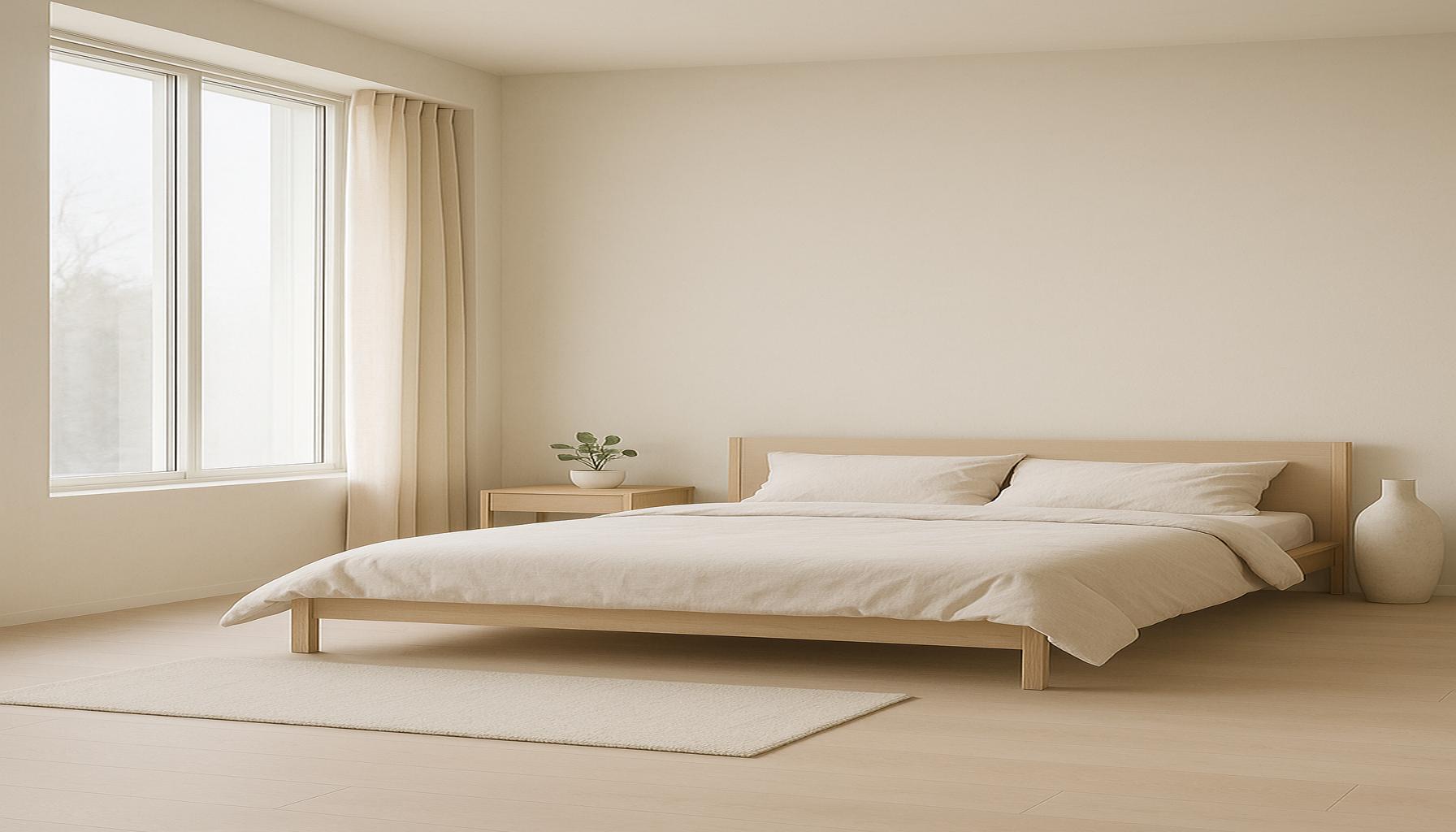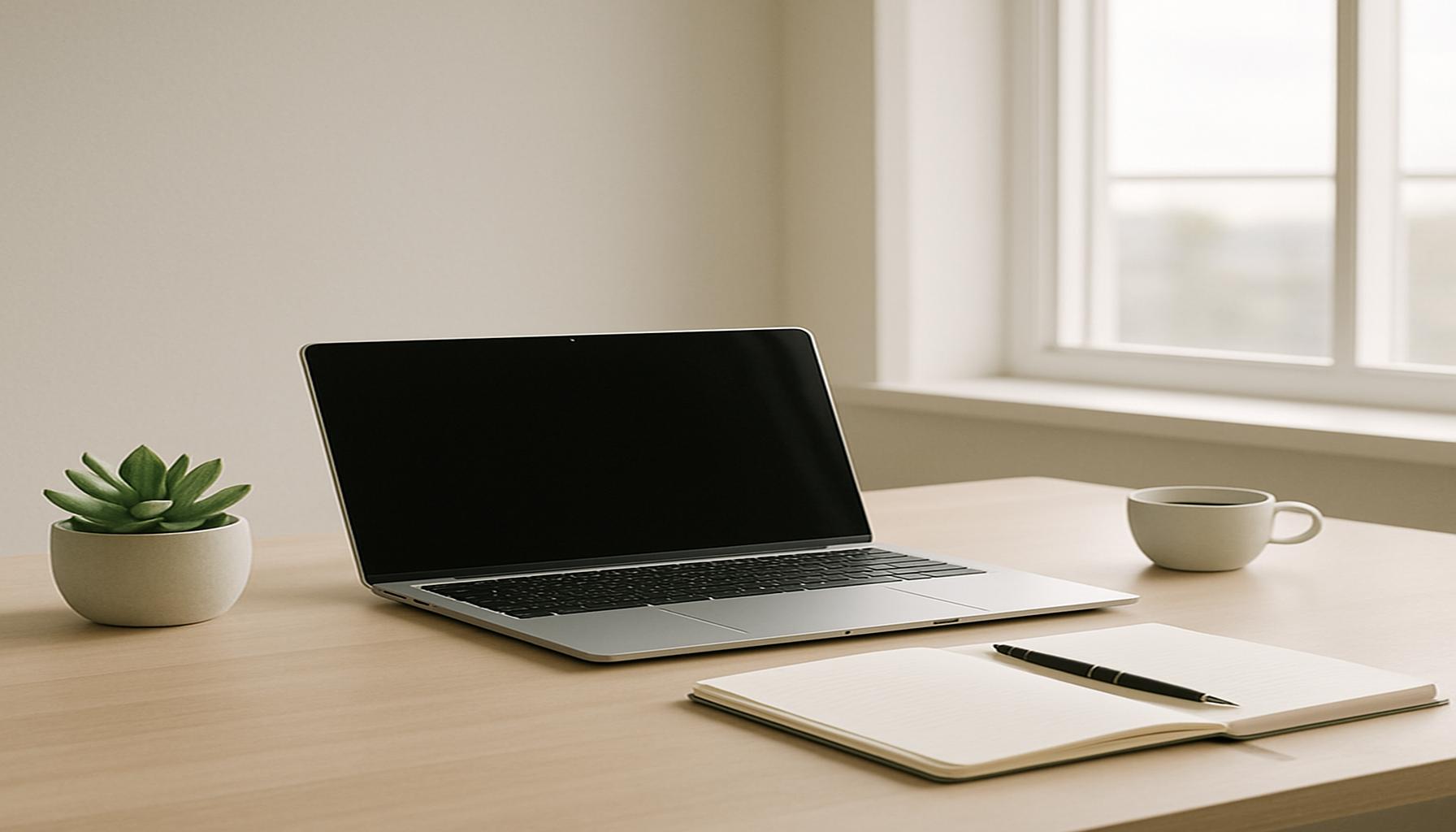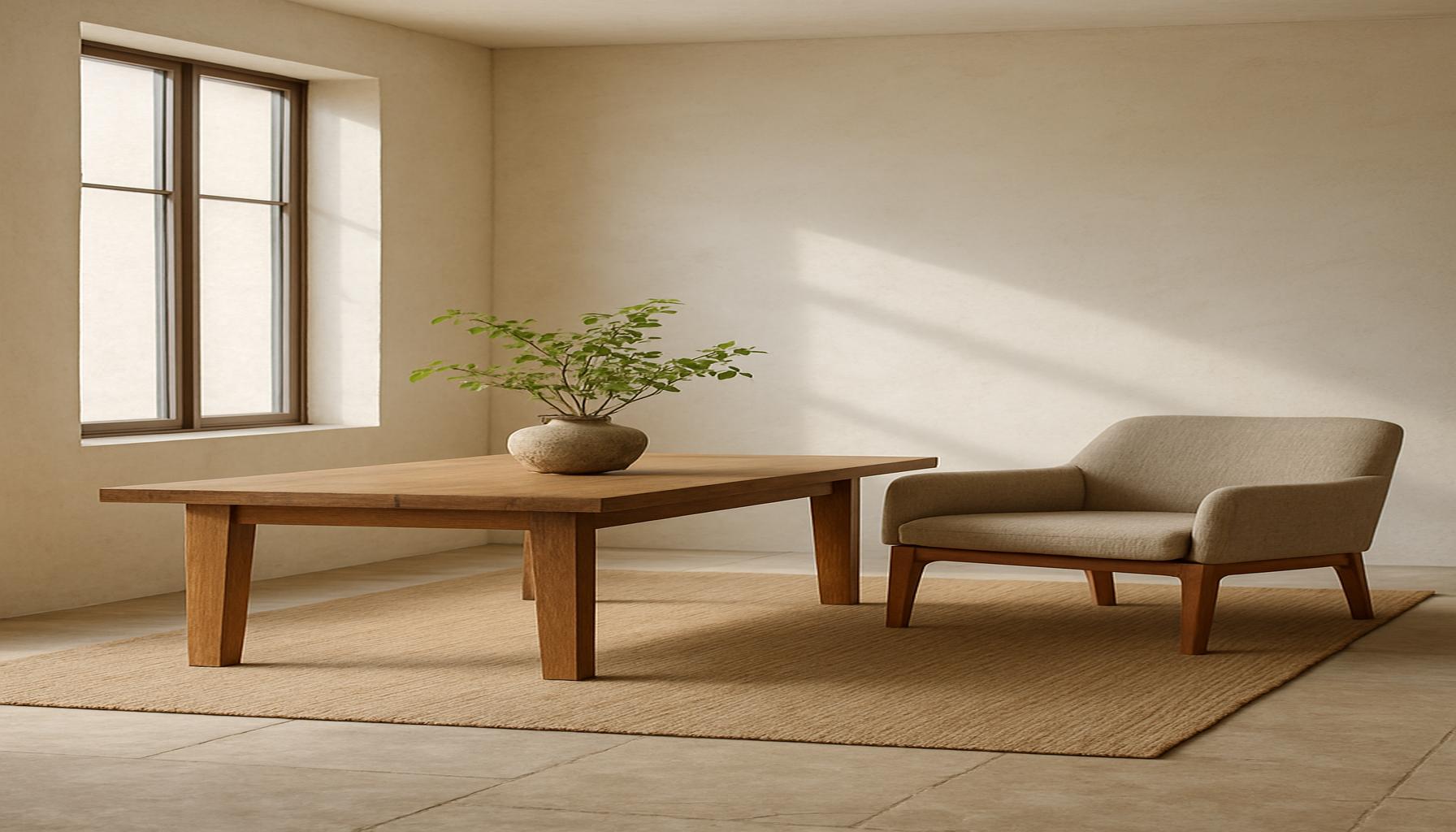The Art of Simplification: How to Reduce Clutter and Create More Functional Living Spaces
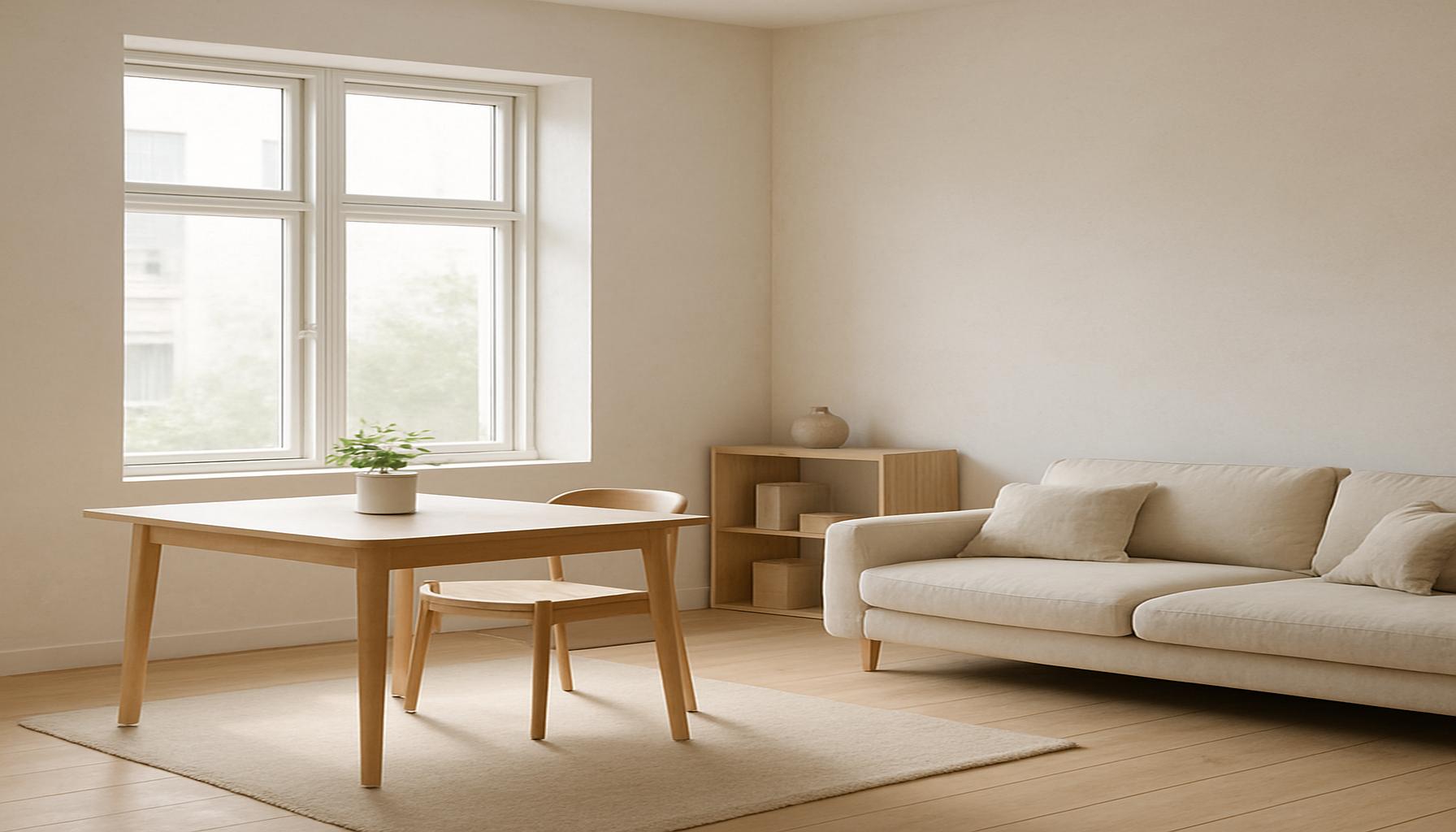
Understanding the Need for Simplicity
In today’s fast-paced world, clutter has become a common adversary in our homes. Many Americans are increasingly finding themselves drowning in possessions that no longer serve a purpose. According to recent studies, over 80% of homeowners feel overwhelmed by the amount of stuff they have accumulated, leading to increased stress and reduced happiness. This overwhelming accumulation can manifest in various forms, from a cluttered living room filled with unused furniture to a kitchen whose countertops are hidden beneath unorganized gadgets and appliances. The consequences of living amidst such chaos extend beyond aesthetics; they can infiltrate our daily lives, hampering our mental clarity and overall well-being.
Why Simplicity Matters
- Enhanced Creativity: A tidy space fosters a clear mind, allowing for greater creative expression. Artists and writers often cite their environment as a direct influence on their productivity, with many choosing minimalist workspaces to spark inspiration.
- Improved Productivity: Less clutter means less distraction, making it easier to focus on tasks at hand. Research has shown that organizing both physical and digital clutter can boost efficiency by as much as 50%, as individuals can navigate their workspaces more fluidly.
- Better Mental Health: Simplifying your environment can alleviate anxiety and promote a sense of peace. Minimalist living has been linked to lower levels of stress and a higher quality of life, as reduced belongings often lead to a greater appreciation for the essentials.
Steps to Achieve Functional Spaces
Transforming your living space into a functional haven is an art that requires intention and commitment. Here’s how you can start simplifying your home:
- Evaluate Your Belongings: Set aside time to assess what items you truly need and use. Consider the last time you used each item—if it hasn’t been utilized in the past year, it may be time to let it go. This process often highlights the emotional attachments we place on items, enabling a more mindful approach to possession.
- Organize Systematically: Implement smart storage solutions such as baskets and drawer dividers to reduce visual clutter. Invest in multifunctional furniture, such as ottomans with storage compartments, to maximize space whilst keeping essentials handy and organized.
- Adopt Minimalist Principles: Embrace the philosophy of “less is more” to maximize utility. Create designated zones within your home where only essential items are kept, ensuring everything has a purpose and a place. This not only creates harmony in your surroundings but also cultivates a lifestyle centered on intentionality.
By engaging in the art of simplification, you can create serene and functional living spaces that not only reflect your lifestyle but also enhance your quality of life. Dive deeper into these strategies, and discover how small changes can lead to significant impacts. Ultimately, the journey towards simplicity is not merely about eliminating excess; it’s about choosing to surround yourself with what truly matters.
DIVE DEEPER: Click here to discover the art of letting go
Identifying and Eliminating Clutter
Embarking on a journey of simplification requires a clear identification of what clutter truly means to you. Clutter isn’t just about physical items that fill your space—it encompasses everything from emotional baggage to digital overload. In the context of American homes, clutter often manifests in the form of excess furniture, unused appliances, and even an overabundance of decorative knick-knacks that no longer evoke joy. The first step in simplifying your living space is to understand what to keep and what to let go.
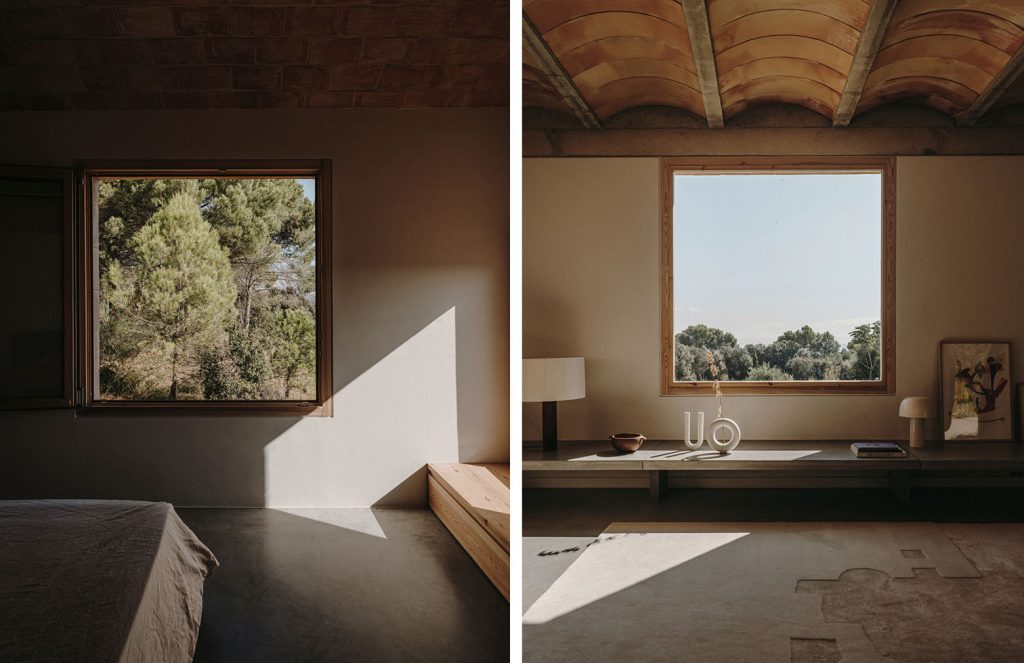
Assessing Your Space
Start by conducting a thorough evaluation of each room in your home. Walk through your spaces with a critical eye and ask yourself a few essential questions:
- Do I use this item regularly? If the answer is no, consider whether it’s worth keeping.
- Does this item bring me joy or have significant emotional value? If not, it might be time to say goodbye.
- Can this item serve multiple purposes? Items that offer versatility often warrant a place in your organized environment.
Many find it helpful to categorize belongings into three groups: keep, donate, and discard. This method can streamline the decision-making process and make it easier to let go of items that are weighing you down. Don’t forget to enlist the help of family members during this process; their insights can prove invaluable, and it can foster a collective understanding of what constitutes clutter.
Implementing the ‘One In, One Out’ Rule
As you simplify your space, developing sustainable habits is crucial to maintaining an organized environment. Adopting the ‘one in, one out’ rule can be one effective strategy. This principle dictates that for every new item you bring into your home, you must remove an existing one. This practice not only curbs impulsive purchasing but also protects against the gradual buildup of clutter in the future.
Furthermore, implementing regular decluttering sessions—perhaps once a month—can significantly help in maintaining a minimalist atmosphere. These sessions can be as simple as going through one area of your home or focusing on a particular category of items, such as clothing or kitchen gadgets.
Embracing Functional Decor
In the quest for simplicity, it’s essential to recognize that not all decorative items must be eliminated. Instead, focus on functional decor that enhances both aesthetics and utility. For instance, a well-placed bookshelf not only organizes books but also serves as an eye-catching focal point in the room. Invest in items that contribute to the overall harmony of your living space and serve a clear purpose.
By identifying, evaluating, and eliminating unnecessary clutter, you can create an environment that facilitates ease, functionality, and peace of mind. The art of simplification is not merely a design choice, but a profound lifestyle shift that encourages a clearer path to well-being and efficiency in daily living.
The Art of Simplification revolves around the core principle of creating an organized, serene environment that fosters functionality in our daily lives. By focusing on the essentials, we cultivate spaces that not only look aesthetically pleasing but also serve our needs efficiently. One effective way to reduce clutter is through the **360-degree decluttering approach**. Begin by examining each area of your home, room by room, and consider what items add value to your life. The idea is to create a space that reflects your current lifestyle and personal tastes. As you declutter, ask yourself whether each item is truly necessary. If it hasn’t been used in the past year, it likely doesn’t belong in your living space.Another crucial aspect to consider is the **multifunctionality of furniture**. Investing in pieces that serve multiple purposes can drastically reduce the amount of furniture needed, thereby minimizing clutter. For instance, a bed with built-in storage can eliminate the need for additional dressers, allowing for more open spaces that feel larger and more organized.Moreover, embracing the **digital decluttering technique** can free up not just physical space, but mental space as well. In our increasingly digital world, too many files and applications can create a sense of overwhelm. By organizing your digital files, unsubscribing from unnecessary emails, and even limiting your social media use, you can create a streamlined and distraction-free environment that fosters productivity.Incorporating **design principles** into your home can also aid in maintaining a clutter-free atmosphere. For example, utilizing open shelving instead of closed cabinets allows for visually appealing displays while encouraging minimalism. By arranging those displays thoughtfully, you can transform your belongings into art pieces rather than merely clutter.Lastly, remember that the art of simplification is not just about what you remove, but also about how you curate what remains. Think about the arrangement of furniture, the use of colors, and the flow of the space. By thoughtfully curating a simpler home environment, you can enhance both functionality and aesthetics, leading to a more harmonious living experience. With these strategies in mind, you are now equipped to tackle clutter and transform your living spaces into functional havens that truly reflect who you are.
DISCOVER MORE: Click here to dive deeper
Creating Systems for Sustained Simplicity
Once you’ve taken the necessary steps to identify and eliminate clutter, the next phase involves designing organizational systems that foster an ongoing sense of order. Implementing streamlined processes will help you not only maintain a clutter-free space but also enhance your overall quality of life. This journey is about creating lasting habits that contribute to a more functional living environment.
Developing Storage Solutions
The key to effective organization lies in maximizing your storage potential. Think vertical; utilizing wall space can be a game changer. Consider installing shelves, hooks, or pegboards that can create designated spaces for frequently used items. For example, in a kitchen, pot racks and magnetic knife strips allow you to save precious countertop space while keeping necessities within easy reach.
In addition to vertical solutions, multifunctional furniture can be an asset in small living spaces. Items such as ottomans with storage, beds with built-in drawers, or coffee tables that can expand provide practical solutions that free up room while still offering style. This approach helps to strike the right balance between aesthetics and functionality, particularly important for maintaining a minimalist atmosphere.
Establishing Daily Routines
Adopting daily routines is essential for keeping clutter at bay. Small but effective practices such as a “ten-minute tidy” at the end of each day can make a significant difference. Designate a brief time slot, perhaps while enjoying your morning coffee, to put items back in their proper place or handle paperwork that needs attention. This proactive approach alleviates the sense of overwhelm often associated with larger decluttering efforts.
Moreover, consider establishing designated zones for specific activities. For instance, creating a ‘mail station’ near the entryway can help manage paper clutter effectively. Equip this station with trays for incoming mail, outgoing letters, and items that require action. By having a dedicated space, you can avoid the chaotic accumulation of paperwork in various areas of your home.
Incorporating Minimalist Mindset in Purchases
The journey toward simplification extends beyond the elimination of existing clutter; it also encompasses how you approach future purchases. Before acquiring a new item, ask yourself, “Does this align with my lifestyle?” This introspective question encourages mindful consumption, steering you away from impulse buys that may burden your space with unnecessary objects.
Additionally, consider the concept of quality over quantity. Investing in fewer, high-quality items that are versatile and durable can enhance both the functionality and aesthetics of your home. For instance, a well-made sofa can serve not just as a sitting area but also as a creative space for family gatherings and relaxation.
Digital Decluttering
In our increasingly digital world, physical decluttering should be complemented by efforts to manage digital clutter. In fact, a study conducted by The American Psychological Association found that digital overload can contribute to increased stress levels. Begin by unsubscribing from unwanted emails, organizing files on your computer, and decluttering apps on your smartphone. Consider allocating specific times to manage your digital spaces, just as you would with your physical belongings.
Utilizing cloud storage can also simplify physical storage solutions, creating an easy way to access necessary documents while reducing the need for physical copies that can pile up.
By creating effective systems and adopting mindful purchasing habits, you can cultivate an environment that is not only welcoming but also significantly more functional. This approach supportively integrates the art of simplification into your lifestyle, paving the way for productivity and tranquility.
DISCOVER MORE: Click here to learn how to simplify your mindfulness practice
Embracing the Simplicity Lifestyle
As we conclude our exploration of the art of simplification, it becomes clear that reducing clutter is not merely about disposing of items but rather about fostering an intentional way of living. The journey toward a more functional living space is multifaceted; it encompasses thoughtful organization, mindful purchasing, and the establishment of daily routines that support simplicity. By implementing practical solutions, such as maximizing vertical storage and investing in multifunctional furniture, individuals can create environments that are both aesthetic and functional.
Moreover, adopting a minimalist mindset when it comes to new purchases is critical. This approach encourages not only personal reflection on one’s needs but also promotes sustainability, as less consumption leads to less waste. As our lives grow increasingly hectic, maintaining organization becomes paramount, making daily practices like the “ten-minute tidy” essential for nurturing a peaceful home atmosphere.
Finally, a complete decluttering effort must also encompass the digital realm, an often-overlooked aspect of modern living. As we learn to manage both physical and virtual spaces, we pave the way for greater productivity and reduced stress.
Ultimately, embracing the art of simplification is a journey toward clarity and calm in both our physical surroundings and mental spaces. By taking conscious steps today, we can enrich our daily lives and cultivate a welcoming home that fosters growth, creativity, and tranquility. So, take a moment to reflect—what will your first step toward simplification be?
